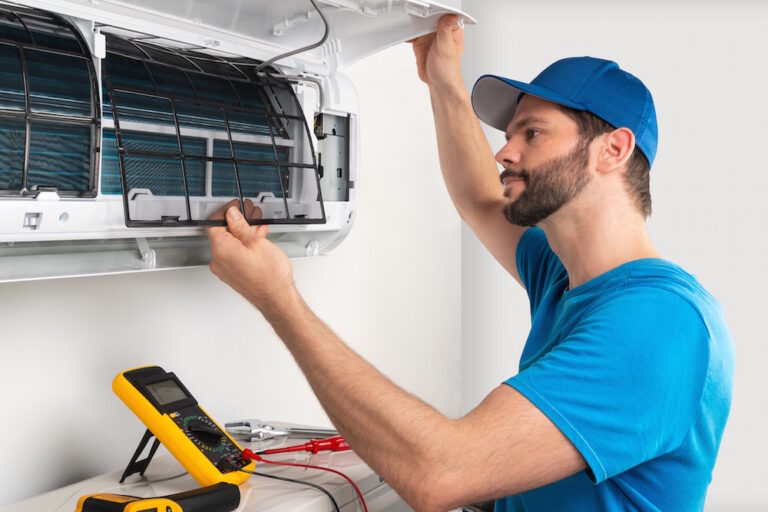3 Things to Know About Electrical Preventative Practices
There are a lot of things that can go wrong if you fail to maintain your electric appliances and distribution system. Electricity cycles between high and low demand, thermal contractions, and expansions. Such changes can cause connections to become loose. Dirt can also accumulate on electric panels and deposit on these connections. The loose and dirty connections result in around 30% of all electricity failures. Additionally, live electricity components contribute to another 17% power failure. Nevertheless, you can correct these failures through a comprehensive electrical preventive maintenance program. We only need to understand the electrical preventive practices to avoid most of the power failures we experience daily. Read on to discover three things to know about electrical preventive practices.
-
Qualified Personnel
Make sure that you use skilled personnel to perform your electric preventive program (EPM). These people should have a mechanical and electrical understanding of the equipment you want to test or maintain. Make sure that the team knows the electrical safety practices and procedures. If you have a high voltage connection, make sure that the team has the special skills required to handle such preventive practices.
-
Regular Scheduled Inspection
You should perform an EPM regularly. The time between each work depends on the environmental conditions and the usage of the appliance. However, ensure that you conduct an EPM at least once in every three years. If your equipment is delicate, do the practice at least once per year. Your inspection team should conduct a thorough thermographic survey of all your electric equipment before your scheduled EPM. The process identifies any high-temperature excursions, which result from poor connections, load imbalance, and improper installation. This initial step helps you to determine the resources you will need during the scheduled EPM. Ensure that the team you employ to carry out this step are adequately trained and have the right equipment.
-
Perform the Necessary Work
After reviewing the report on the initial phase, your EPM team can now make informed decisions on the best way to correct any condition. The personnel uses their knowledge to fix problems and eliminate potential threats. The EPM concept involves three simple rules: keep it clean, dry, and tight. Make sure you inspect all electrical cords and appliances for deterioration to ensure they are all fixed. Your EPM team should clean and tighten all electrical connections. In addition, ensure that you keep a record for your EPM programs. A clear record will ensure that all work is done and completed as scheduled.
Electrical preventive practices are cost-effective when you choose the right company such as Riverside. First, it is always cheap to repair appliances before they fail. Second, failed equipment mean unplanned power outage, which can make you lose income if you depend on electricity to run your business. A loose or dirty connection will also increase resistance resulting in high power consumption. If you have been ignoring the electrical preventive practices, it is probably time you reconsider your decision.










